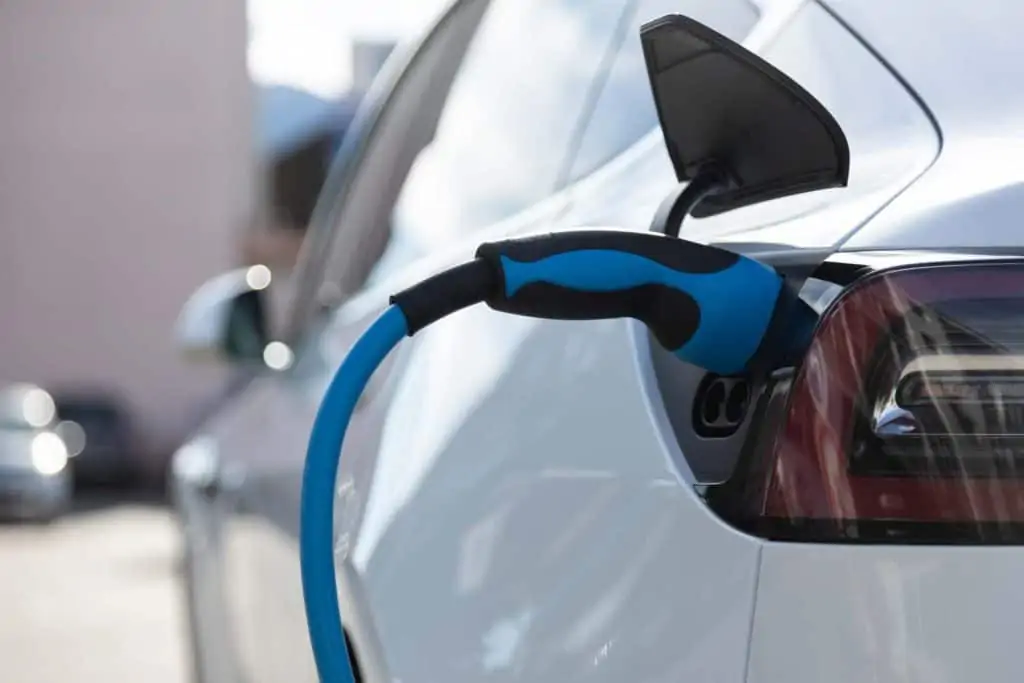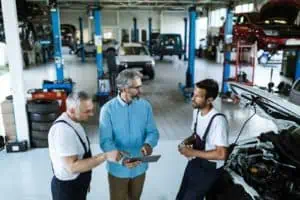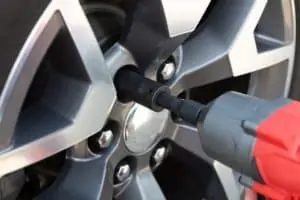The EV Vehicle Market is the talk of the town. And it seems as if every time you turn around there is an announcement of another company planning to launch an electric vehicle (EV). (I’m particularly looking forward to the launch of the Porsche Taycan) These announcements come from both existing automobile companies with long manufacturing legacies as well as brand new start-ups. By our own count, there are currently at least 53 companies either producing an EV or in start-up mode with the intention of producing one soon. Of these, 17 are in China while 9 are in the US. (There’s even a company in Croatia.) It is rapidly becoming a crowded field. One thing is certain though, not all companies will succeed in their efforts and attrition and consolidation seem inevitable. The central questions everyone seems to be asking are who will be left standing after the shakeout and what will drive their success.
Driving Factors for EV Growth
To answer these questions, we need to consider the driving factors required to succeed as an EV manufacturer and marketer. EV’s need to compete on a level playing field against Internal Combustion (ICE) vehicles. Unlike early adopters, mainstream consumers will not alter their vehicle purchasing criteria. They will still focus on the top five criteria outlined in Statista’s Global Consumer Survey of car buying purchase criteria: Safety; Fuel Effeciency; High Quality; Low Price and Suitability for Every Day Use. The winners will be the companies that can successfully manufacturer cars at scale, in a manner that meets all these criteria and more. This will only be accomplished by the companies that tackle the two challenges that will drive future growth of EV sales: They will possess competencies in manufacturing and supply chain logistics that will allow them to manufacture cars at the scale required, and they will obtain the breakthrough technology in battery engineering that will increase both range and lower charging time.
New Battery Technology is Critical
Current EVs are hitting the road with impressive range but they still do not match the convenience of ICE vehicles. Most ranges are still under 300 miles, with many under 200, and battery recharge times are much longer than the time it takes to fill a tank of gas. Additionally, the battery is the single largest cost component in an EV. To force an inflection in the EV sales growth curve, batteries will have to be manufactured with increased energy storage, be able to be charged faster and cost less. Currently there are several projects that claim to be working towards these goals including Fisker’s solid state battery development, home appliance manufacturer Dyson’s purchase of Sakti3, another solid-state battery producer and several others. [DS1] Some claim to be close to production ready status. When that day comes, the effect on EVs will be significant. The question is if these companies will be allowed to stand alone or be acquired by a larger company and incorporated into that company’s broader EV manufacturing strategy.
Legacy Car Companies’ Competitive Advantage
Even with ground breaking technology, EVs and their components will need to be manufactured by the thousands to meet consumer demand if they are going to completely displace ICE vehicles. For a new company this means they must solve several engineering issues unrelated to the core technology of the vehicle they intend to produce. They must develop, acquire or possess the knowledge required to source, deliver and assemble all the resources required to build the vehicle and do so at a pace that meets demand while achieving suitable profit margins. This is the crux of the issue facing companies that manufacturer EVs today and it is not easy. Tesla almost collapsed under the weight of this task alone as it ramped up its Model 3 production. Legacy car manufacturers like GM and Toyota have an established competitive advantage over their younger start up rivals when it comes to this factor. They have been manufacturing millions of cars per year while maintaining a profit. In addition, they have the capital required to acquire what they don’t possess – namely new technology. While some new technology companies such as Tesla may be here to stay, the legacy car manufacturers have the edge in the long run.
Conclusion
If I were to bet, my bet would still ride on current legacy car manufacturers as the main channel through which EVs will be supplied. This does not rule out the possibility that there is another Tesla out there. However, as it becomes clear that EVs are the way of the future, and the legacy car manufacturing juggernauts pivot in response, it will be increasingly difficult for newer start-up companies to respond. If the car manufacturers are flexible enough and willing enough to acquire the technology, they cannot develop in-house, they will have a leg up on their younger rivals. Their enormous available capital and established competencies in large scale supply chain and manufacturing expertise are a competitive advantage that is difficult to overcome for younger startups. After the shakeout, look for many of the same brands we are all familiar with today.






